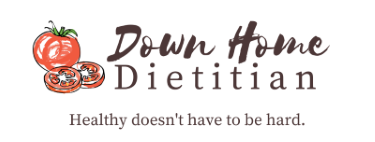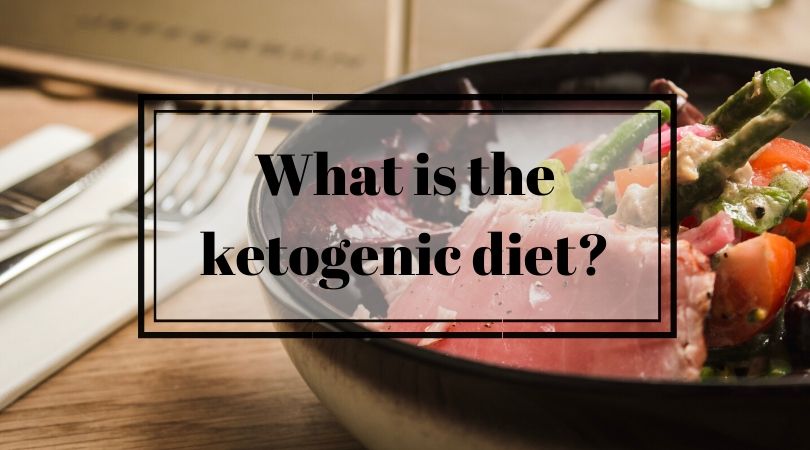Keto Diet 101
It’s feature time again, folks, and it’s finally time to talk about the diet everyone is going on about – keto! The keto (aka ketogenic) diet has gained a lot of popularity in the last few years as a weight loss diet, and proponents tout that you can lose weight quickly without cravings.1 Interestingly enough, the ketogenic diet started as a therapeutic diet for children who suffer from epilepsy. The high fat content of the diet is linked with decreased occurrence of seizures in these kiddos.2
Keto curiosity is rampant! Questions about the keto diet top the list of FAQs from my weight loss clients. Even those who don’t directly ask about keto are often asking about how to limit their carbs to encourage weight loss. Over the next few weeks, I’ll be posting info about the keto diet – what it is, how it works, and the pros/cons of the diet. I won’t actually be following this one (we’ll talk about why throughout the feature), but we’ll be diving into the research and practicality as always!
What is the keto diet?
The keto diet is a high fat, moderate protein, low carbohydrate diet.2 The diet is designed to cease your body’s reliance on carbohydrates (broken down into glucose) for energy and instead shift to your body’s alternative fuel source – ketones. In the absence of glucose (aka blood sugar), your body begins to convert fat that you’ve eaten and stored body fat to ketones, which your brain can use for fuel! If you were privy to the Atkins kick, you may be noticing some similarities between the two. You’d be right! The keto diet is something of a reincarnated version of Atkins.
The keto diet includes plenty of vegetables and many high fat and protein foods such as:
- beef and pork
- poultry
- fish
- processed meats like bacon, sausage, etc.
- cheese
- avocado
- nuts and seeds
- butter and oils
To limit carbohydrates (usually to around 20-60 g per day), the diet restricts consumption of the following foods:
- fruit
- beans
- certain vegetables such as corn, peas, carrots, and potatoes
- bread and grains (pasta, rice, cereal)
- milk and yogurt
- sugar, honey, and syrups
Keeping the carbohydrate intake low keeps the body from coming out of ketosis, therefore promoting fat loss.
Stay tuned – we will talk more about the research behind keto and pros/cons of following the diet in future posts!
You Might Also Like
What the Research says about Intermittent Fasting
Tired of Your New Year’s Diet? Here’s what to do instead
Carbohydrates, Sugar, and Inflammation
2. https://www.eatright.org/health/weight-loss/fad-diets/what-is-the-ketogenic-diet





Leave a Comment